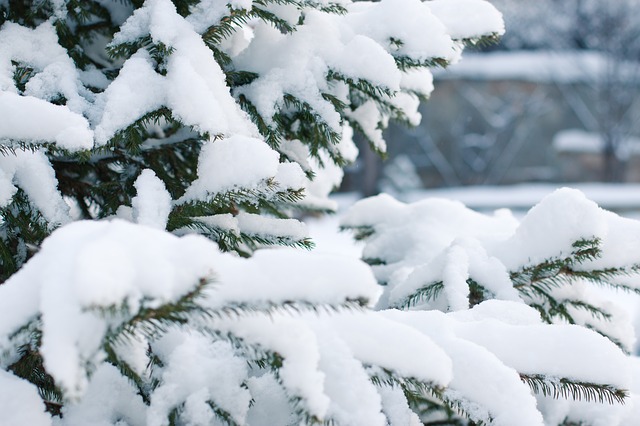Switch to deicers that have organic or anticorrosive melting agents
That bucket of blue-tinged rock salt is a familiar weapon against Old Man Winter, but the environmental drawbacks of sodium chloride will be noticeable in the spring. From killing plants to harming wildlife, traditional deicers are nothing but bad news for the environment. There are a number of safer but equally effective options that will tackle ice and sleet lingering on your property.
The Disadvantages of Rock Salt
Rock salt (sodium chloride) is great for making ice cream, but think twice about spreading it on your sidewalks. The resulting brine can choke out vegetation and increase the salinity of water so it’s unfit for animals to drink or live in. This can create ongoing costs if you have to replace damaged landscaping and grass each year.
“Some deicers can also corrode some exterior surfaces of buildings, especially steel, and can deteriorate concrete if it has not been properly sealed,” notes Stephen Ashkin, Founder of the Green Cleaning Network and President of the consulting firm The Ashkin Group. “While it is clear that traditional deicers contain powerful ingredients that help promote safety, they also cause significant damage to properties and the environment.”
It’s understandable that facility managers continue to use rock salt when it’s familiar, has a proven track record and costs are low, concedes Ashkin. And given all of your numerous responsibilities, snow removal expenses are probably at the bottom of your priority list. But if your organization is pursuing sustainability, this is an obvious opportunity to make a better choice.
“Understand that the purpose of rock salt isn’t to melt snow and ice – it’s supposed to be applied before a snow event so it’s easier to remove accumulation,” Ashkin clarifies.
The basic chemistry of sodium chloride means that the compound dissolves in moisture and the resulting brine has a lower freezing point than water. Most users also overlook the fact that rock salt only works in temperatures no lower than 15-20 degrees F. The offices of BUILDINGS, located in the Midwest, know a thing or two about the joys of negative wind chills.

